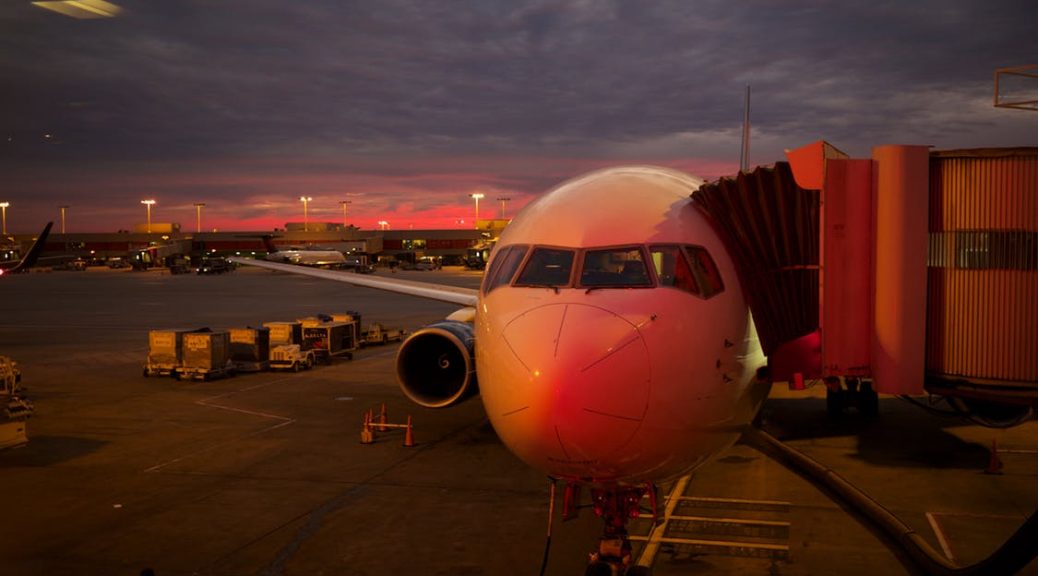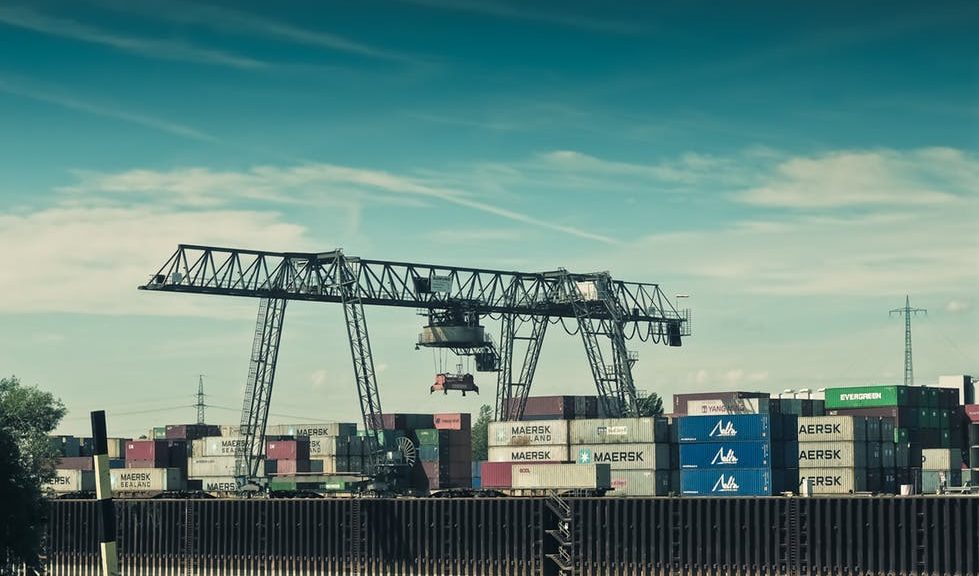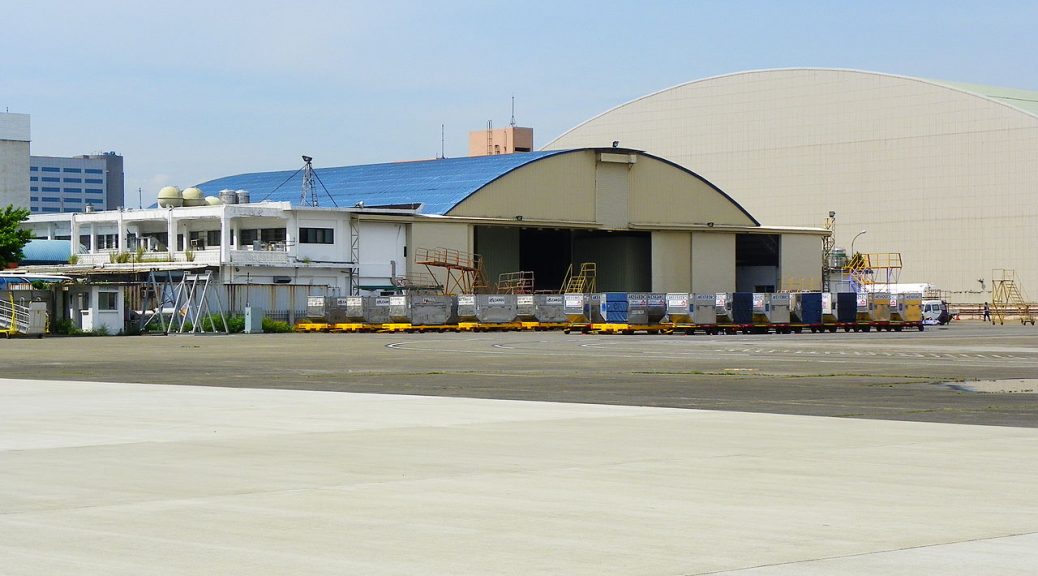A new module is currently being developed by the user group for the CCS-UK airfreight system. The addition will aim to speed up collections and deliveries at Heathrow Airport’s transit hubs.
The module, which is called CCS-UK Advanced Info, will allow transport companies working for freight agents to alert handling agents to their deliveries. It will also submit Electronic Consignment Security Declarations (eCSDs).
Advanced information
Information, submitted through a web portal (for occasional use) or from the forwarder’s own system (for frequent use), will include driver information, vehicle details, the cargo under delivery, the handling agent’s details and the time the cargo will arrive.
This information will then be available to all involved parties. Deliveries heading to multiple shed operators will be split automatically by the system, so that only data that is directly applicable to the handler will go to them.
Benefits of new module
Queueing will be reduced for agents using the new system as there will be pre-allocated truck doors assigned.
Ignazio Coraci says: “The new module will have many benefits for the whole cargo system at Heathrow. As the handling agents will get the information they need about the cargo directly to their systems, there will be less retyping of information. This will speed up the vehicle processing and make the entire operation more efficient.”
As data stores will capture pertinent information on all drivers, vehicles, transit sheds and users, there will be a cut in the need to re-input data at a later date. A certain amount of documentation will also become null and void, in line with the IATA e-Freight move.
Future of the system
Eventually, it’s planned that External Temporary Storage Facility day sheets and import release documentation will also be replaced by online messages. There are also plans to communicate with forwarders and their transport businesses of their truck statuses.
The new module will initially launch at Heathrow, but will then be implemented in all of the UK’s airport communities. Adds Ignazio Coraci: “This is a major step forward for eliminating unnecessary bureaucracy, minimising inefficiency and lowering costs across the air cargo industry is a welcome one.”
Follow up to CCS-UK Fallback
The announcement of CCS-UK Advanced comes hot on the heels of the launch of CCS-UK Fallback. This improvement to the system provides an electronic safety net should there be an outage of HM Revenue and Custom’s computer system.
As with Fallback, the benefits of CCS UK Advanced are tangible for all parties. Both modules are free extras available to all members of CCS UK.
CCS-UK Advanced Info already in play
Trialling the new module are a handling agent, three air cargo forwarders and an airfreight haulier. The system has proved successful so far and is being rolled out to the whole industry in stages.









